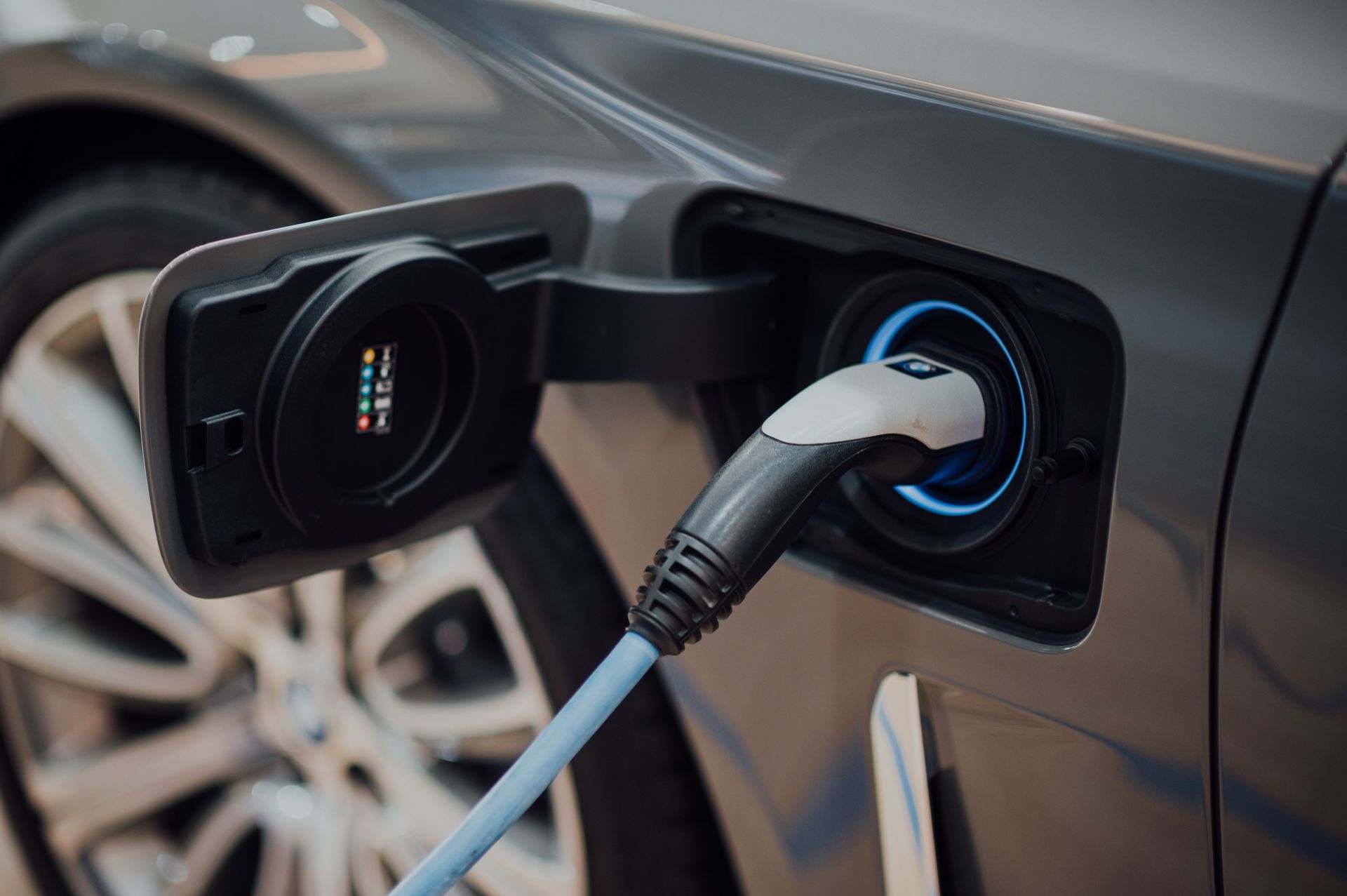Latest News

In the battle against global warming, renewable energy sources are crucial. However, their inherent volatility poses challenges to our energy grid, necessitating substantial energy storage capabilities. Enter vehicle-to-grid (V2G) technology, a solution that leverages electric vehicles (EV's) to optimise renewable energy demand and grid stability. 1. Understanding Vehicle-to-Grid (V2G) V2G allows energy to flow from an EV's battery back to the power grid. It enables bi-directional charging, where the EV battery can be both charged and used to supply energy to the grid. It's worth noting that bi-directional charging and V2G are closely related but differ slightly: bi-directional charging encompasses both charging and discharging, whereas V2G specifically focuses on discharging energy to the grid. Additionally, V2G is part of the broader concept known as V2X (vehicle-to-everything), which encompasses various use cases like vehicle-to-home (V2H), vehicle-to-building (V2B), and vehicle-to-load (V2L) services, offering flexibility in how EV batteries are used. In essence, V2G builds upon the idea of smart charging (V1G), allowing for controlled charging and discharging of EVs to balance energy production and consumption. 2. Why V2G Matters V2G plays a pivotal role in addressing climate change by facilitating the integration of renewable energy into our grid. To combat the climate crisis, three essential elements must come together: decarbonisation, energy efficiency, and electrification. Decarbonization involves shifting to renewable energy sources like wind and solar, which require energy storage to manage their intermittent output. As renewable energy usage grows, it creates fluctuations in energy supply and demand, necessitating innovative solutions. Simultaneously, the transition to electric vehicles is contributing significantly to carbon reduction, with EV sales steadily increasing. EVs offer cost-effective energy storage without the need for additional infrastructure. By 2030, the global EV fleet could number around 250 million, providing a substantial pool of mobile energy storage. Research suggests that, by the end of the decade, EV batteries should be able to meet short-term energy storage demands efficiently. 3. How V2G Works in Practice V2G ensures that EV drivers always have sufficient energy in their batteries when needed. With Virta's V2G solution, EV batteries are maintained at 70-90% charge, allowing grid balancing to continue during the entire charging period. The basic principle of V2G is that electricity follows the shortest path to where it's needed. V2G charging devices draw power from EV batteries and channel it back to the grid, redistributing it to areas with ongoing energy demands. Practical examples demonstrate how V2G benefits energy management. For instance, V2G stations at Virta HQ transfer electricity directly to nearby EVs, which can then be used for charging or other building needs. This approach reduces overall energy consumption, helping to balance the energy system. 4. The Advantages of V2G V2G offers various benefits, depending on your perspective: Reduces total cost of ownership for fleets. Enhances the value of vehicles for manufacturers (OEMs). Enables energy market players to optimise their energy balance. Assists network operators in stabilising the grid. For real estate, V2G simplifies EV charging installations by optimising energy usage and avoiding unnecessary costs. For the power grid, V2G helps balance electricity demand and prevents grid congestion as renewable energy sources expand. It eliminates the need for costly reserve power plants, reducing electricity costs and carbon emissions. Fleet operators can earn additional revenue by participating in V2G programs, using their vehicles as temporary energy storage. Likewise, individual EV drivers can profit from storing excess energy and selling it back to the grid. 5. The Path to Mainstream V2G Adoption V2G solutions are on the cusp of commercial availability, with several hardware providers offering compatible charging devices. Nissan, among other car manufacturers, has introduced V2G-compatible vehicles. However, wider adoption and cooperation between car manufacturers and the energy sector are essential for V2G's success. European standards, like ISO 15118-20, are making EV charging smarter, more efficient, and convenient, fostering increased energy management capacity in EVs. In summary, V2G is set to become a transformative energy management tool. It offers solutions for volatile energy systems and promises to bolster the grid during emergencies. With V2G technology, EVs become the most cost-effective energy storage solution, poised to reshape the energy landscape.
